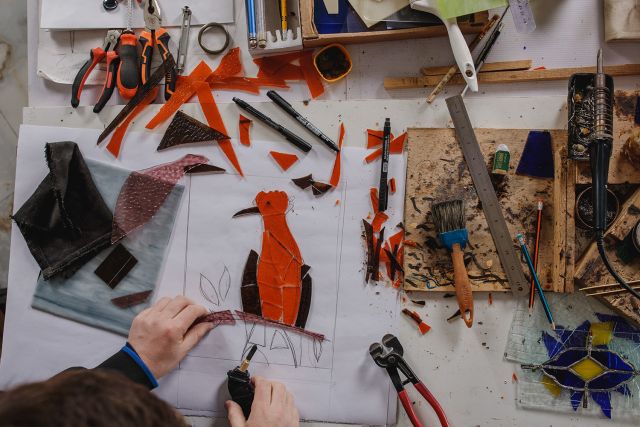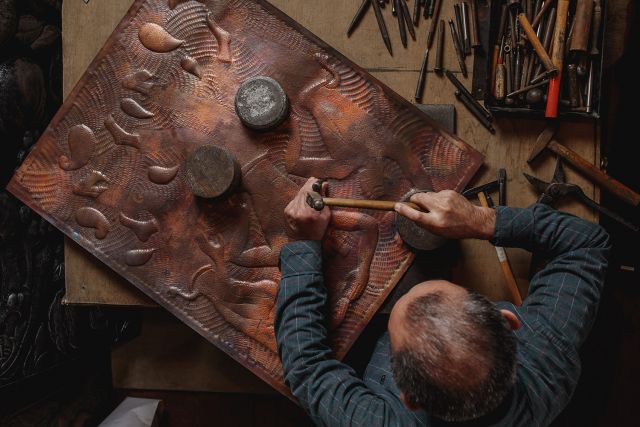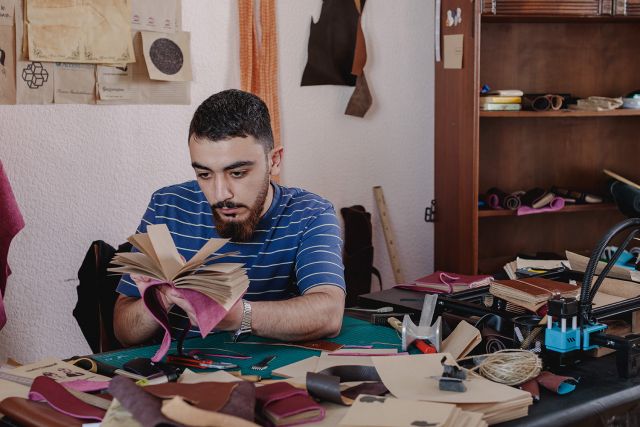This sailor's cap sits perfectly on the mold which means it is sewed with precision. Burlap is used on the inside to maintain the shape.
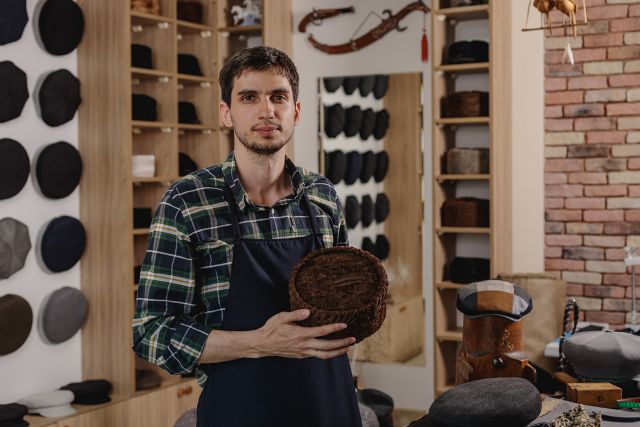
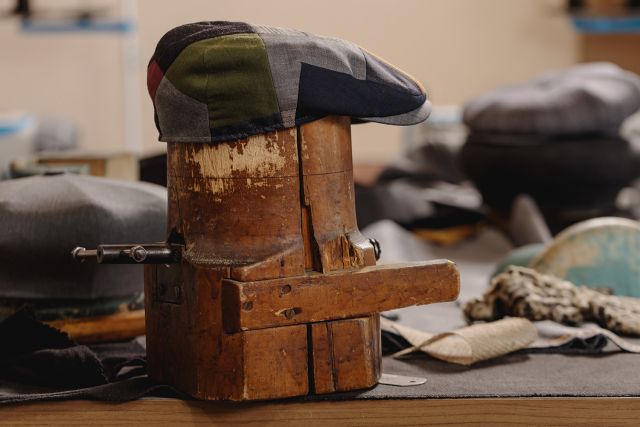
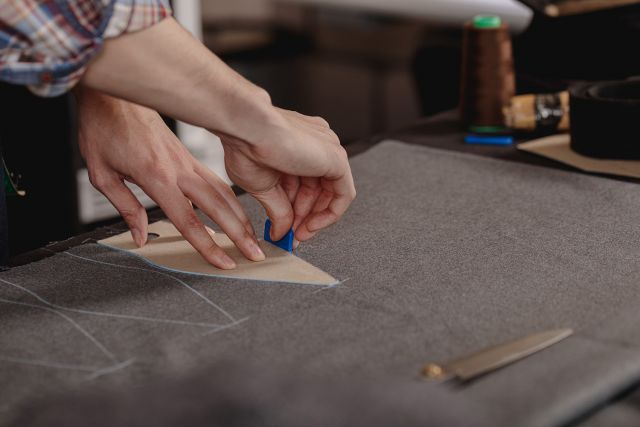
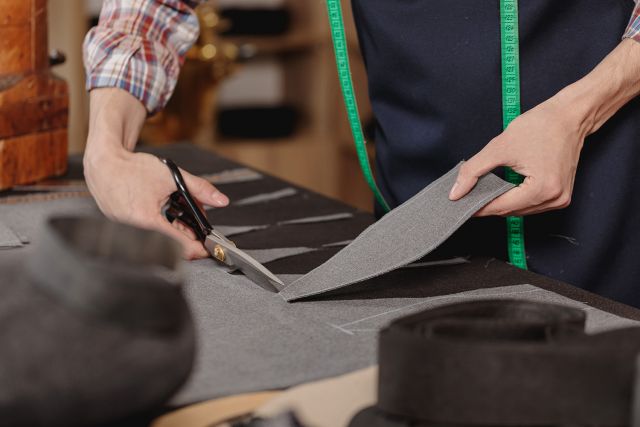
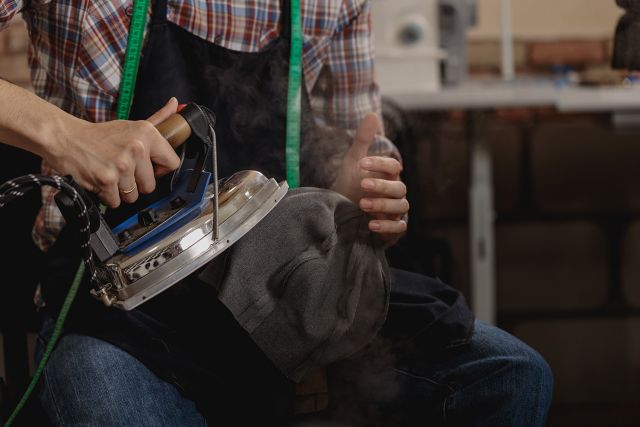
Rahim Ibrahimov
- Papaqchi
- Milliner
- Baku, Azerbaijan
- Rising Star
Tuesday to Sunday 10:00 - 18:00
+994 777589250
Never without a hat
- • Rahim is one of only three hat makers in Azerbaijan
- • He pursues the heritage of his uncle's craftsmanship
- • His collection focuses on making traditional caps
In the past, millinery prevailed in Azerbaijan, with almost no one leaving home without a flat cap or fascinator. Today, hat making is yet to regain its momentum, but milliner Rahim Ibrahimov is confident that in a few years his home region will once again be filled with hats, caps and panamas. The start of Rahim’s hat making journey was not without its obstacles, as he recalls spoiling a few metres of fabric when taking over the craft from his uncle. Rahim enjoys the creative process in millinery. Today, he employs age-old techniques, while also adding a touch of modernity into his hats, mainly by putting a burlap inside each one so as to maintain the hat's shape and avoid crumpling, even when washed.
Read the full interviewWorks
Photo: Kamal Muradzadeh©Michelangelo Foundation

Photo: Kamal Muradzadeh©Michelangelo Foundation
This is a newsboy cap for men made out of Chanel fabric. Its seven different panels in seven colours make it a striking accessory.

Photo: Kamal Muradzadeh©Michelangelo Foundation
This dark brown newsboy, with its Chanel fabric, is made with burlap on the inside to protect the shape of the hat.

Photo: Kamal Muradzadeh©Michelangelo Foundation
This eight-panel brown flat cap is representative of the Baku style and is also called “aerodrome” in Baku.

Photo: Kamal Muradzadeh©Michelangelo Foundation
This traditional hat is peculiar to Turkic people and widely used in Central Asia and the Caucasus. Another name for it is "karakul," after the Karakul sheep breed. It is made with lambskin. The cap covers the head up to the ears and keeps it warm in winter.





